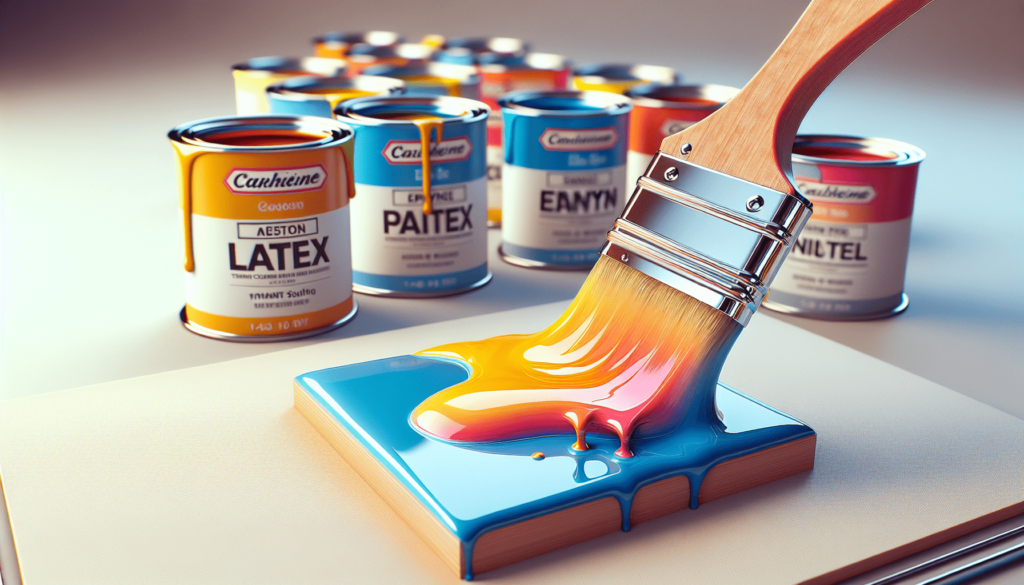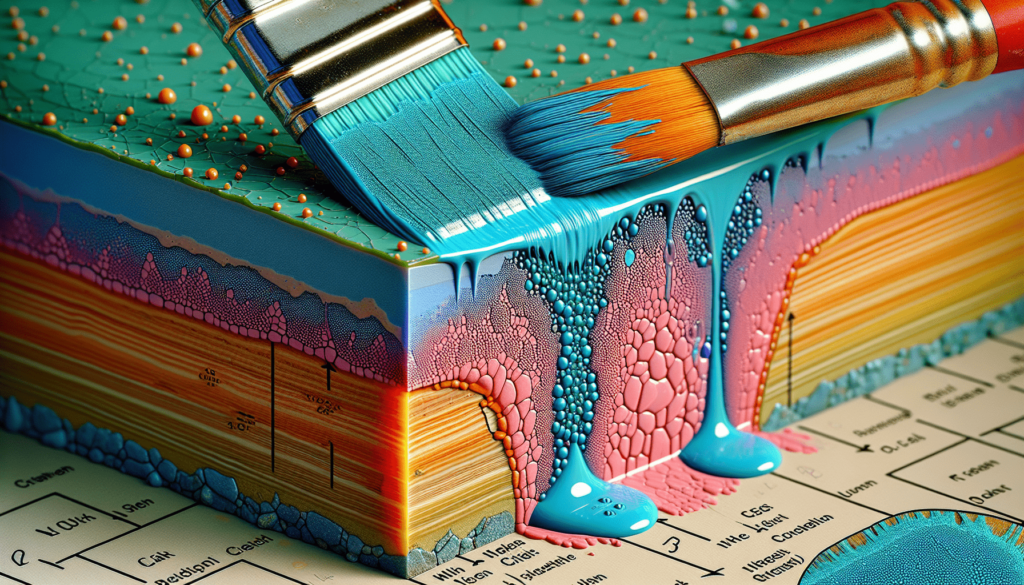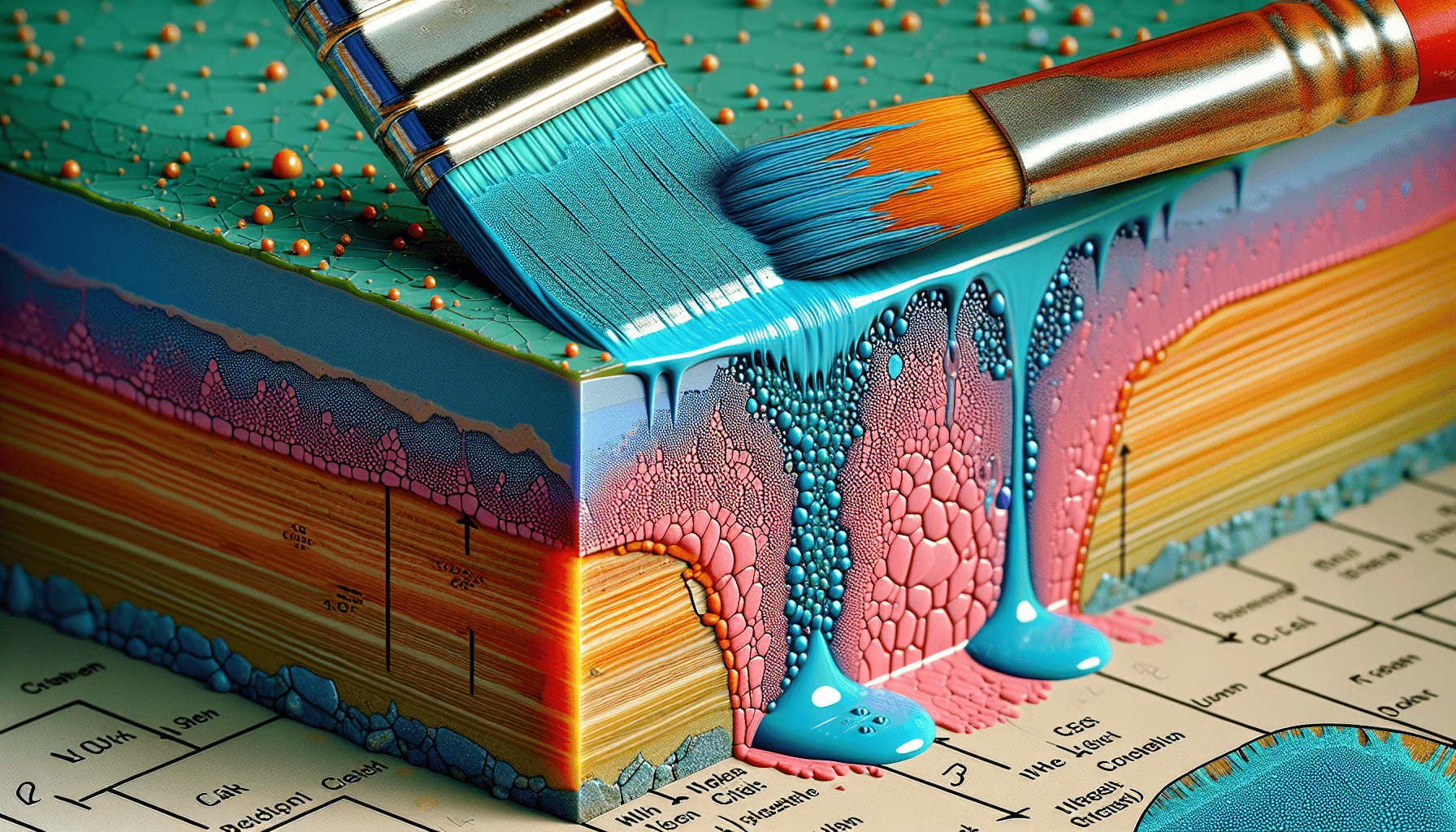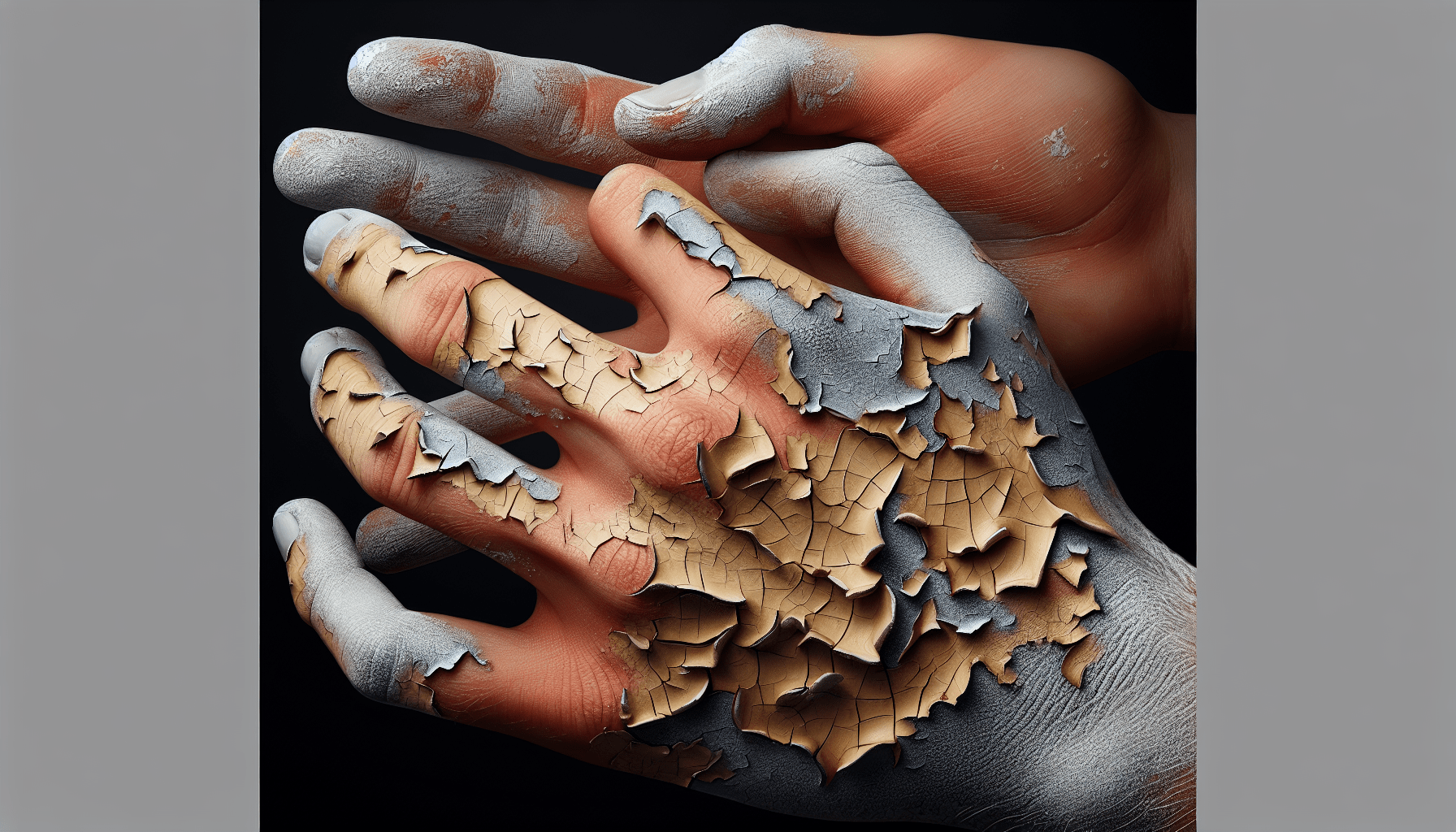In the world of home improvement, finding the right paint for your project can be a daunting task. But what happens when you’re faced with the dilemma of wanting to repaint a surface that has been previously coated with enamel paint? Can you effectively paint over enamel paint with latex, or will you be faced with a sticky, peeling mess? This article explores the possibilities and considerations when it comes to painting over enamel paint with latex, providing you with the information you need to make an informed decision for your next painting project.
Introduction
In the world of painting, there are various types of paint that serve different purposes. Two commonly used types are enamel paint and latex paint. While each has its own unique characteristics and advantages, there may be instances where you need to paint over enamel with latex. In this comprehensive article, we will explore the compatibility between enamel paint and latex paint, the necessary preparation and surface treatment, application techniques, drying and curing processes, as well as the advantages, disadvantages, tips, and considerations when painting over enamel with latex.
Understanding Enamel Paint
What is enamel paint?
Enamel paint is a type of paint that dries to a hard and glossy finish. It is typically oil-based, although there are water-based enamel paints available as well. Enamel paint is known for its durability, providing a tough and long-lasting coating that is resistant to wear, stains, and moisture. Its glossy appearance adds a touch of elegance and sophistication to surfaces.
Characteristics of enamel paint
Enamel paint is known for its excellent adhesion, allowing it to adhere to a variety of surfaces such as wood, metal, and ceramics. It provides a smooth and hard finish that is resistant to chipping and peeling. Enamel paint is also highly pigmented, providing vibrant and rich colors. However, one drawback of enamel paint is its strong odor and the need for proper ventilation during application.

Understanding Latex Paint
What is latex paint?
Latex paint, also known as water-based paint, is a type of paint that utilizes water as its base instead of oil. It is a popular choice among homeowners and professionals due to its ease of use, low odor, and quick drying time. Latex paint is available in a wide range of colors, finishes, and sheens, making it a versatile option for various painting projects.
Characteristics of latex paint
Latex paint offers several advantages over enamel paint. It has a low VOC (volatile organic compounds) content, making it an environmentally friendly choice. Latex paint is also more flexible than enamel paint, allowing it to expand and contract with temperature changes without cracking or peeling. Additionally, latex paint is easy to clean up with soap and water, making it a convenient option for both interior and exterior applications.
Compatibility of Enamel Paint and Latex Paint
Can enamel paint be painted over with latex paint?
Yes, it is possible to paint over enamel paint with latex paint. However, there are a few factors to consider before undertaking this task. The adhesion of the new latex paint to the existing enamel paint surface can be affected by the condition of the enamel paint, the surface preparation, and the type of latex paint used.
Factors to consider
Before painting over enamel with latex, it is crucial to ensure that the enamel paint is in good condition. If the enamel paint is chipping, peeling, or showing signs of wear, it must be removed or repaired before applying latex paint. Additionally, proper surface preparation is essential for achieving optimal adhesion. This includes cleaning the surface, sanding the enamel paint, and applying a suitable primer.

Preparation and Surface Treatment
Cleaning the surface
Before painting over enamel with latex, it is imperative to clean the surface thoroughly. Remove any dirt, grease, or loose particles using a mild detergent and water solution. Rinse the surface well and allow it to dry completely before proceeding with the next steps.
Sanding the enamel paint
To ensure proper adhesion of the new latex paint, it is recommended to lightly sand the enamel paint surface. Use a fine-grit sandpaper to create a slightly rough texture, which promotes better bonding between the enamel paint and latex paint. After sanding, remove any dust with a clean cloth or tack cloth.
Priming the surface
Applying a primer is essential when painting over enamel with latex. Choose a high-quality bonding primer that is specifically designed for use on enamel surfaces. The primer will create an even base and improve the adhesion of the latex paint. Follow the manufacturer’s instructions for application and drying time before proceeding with the latex paint.
Application Techniques
Brushing
Brushing is a common and versatile technique for applying latex paint over enamel. Use a high-quality synthetic bristle brush for the best results. Apply the latex paint in smooth, even strokes, working in the same direction as the grain of the surface. Avoid over-brushing, as it can result in streaks or brush marks. Allow each coat to dry completely before applying additional coats.
Rolling
Rolling is another popular method for applying latex paint over enamel. Use a high-quality roller cover with a nap suitable for the surface texture. Start by priming the surface with a roller, followed by applying the latex paint in even, overlapping strokes. Roll vertically and horizontally to ensure proper coverage. For a smoother finish, lightly backroll the surface after each pass. Remember to allow proper drying time between coats.
Spraying
Spraying is a technique commonly used by professionals when painting larger areas or surfaces with intricate details. It requires specialized equipment such as a paint sprayer or airless sprayer. Before spraying, ensure that the enamel paint surface is clean, smooth, and properly primed. Apply the latex paint in thin, even coats, being mindful of overspray. Follow the manufacturer’s instructions for equipment setup, paint consistency, and safety precautions.
Drying and Curing
Drying time of latex paint over enamel paint
The drying time of latex paint over enamel paint can vary depending on several factors, such as humidity, temperature, and the number of coats applied. In general, latex paint dries to the touch within one to two hours. However, it is important to note that complete drying and curing can take up to several weeks. Allow ample time for the paint to fully dry and cure before subjecting the surface to normal use or applying additional coatings.
Curing process
While latex paint may dry quickly, it undergoes a curing process that takes time. Curing refers to the chemical reaction that occurs within the paint film, resulting in enhanced durability and strength. During this process, the latex paint hardens and develops its full resistance to wear, stains, and moisture. It is crucial to allow the paint sufficient time to cure before subjecting it to heavy traffic or cleaning.
Advantages and Disadvantages
Advantages of painting over enamel with latex
- Versatility: Latex paint offers a wide range of colors, finishes, and sheens, allowing for greater design flexibility compared to enamel paint.
- Low odor: Latex paint has a significantly lower odor compared to enamel paint, making it more pleasant to work with, especially in indoor settings.
- Environmental friendliness: Latex paint has a lower VOC content, making it a more environmentally friendly choice.
- Easy cleanup: Latex paint can be easily cleaned up with soap and water, eliminating the need for harsh solvents or thinners.
Disadvantages of painting over enamel with latex
- Adhesion concerns: While it is possible to achieve good adhesion when painting over enamel with latex, there is a risk of poor adhesion if the enamel paint is in poor condition or proper surface preparation is not performed.
- Limited durability: While latex paint offers good durability, it may not provide the same level of durability and hardness as enamel paint, especially in high-traffic areas.
- Longer curing time: Latex paint may dry quickly, but the curing process takes time. This means that the full hardness and durability of the paint film may take several weeks to develop.
Tips and Considerations
Test a small area first
Before painting an entire surface, it is recommended to test a small, inconspicuous area to ensure proper adhesion and compatibility between the enamel and latex paints. This allows you to assess the results and make any necessary adjustments before proceeding with the entire project.
Choose the right type of latex paint
Not all latex paints are created equal. When painting over enamel, choose a high-quality latex paint specifically formulated for use on enamel surfaces. These paints typically have better adhesion properties and are more suited for the task at hand.
Proper ventilation
While latex paint has a lower odor than enamel paint, it is still important to ensure proper ventilation during the painting process. Open windows and doors, use fans, and consider wearing a respirator if necessary, especially in enclosed spaces.
Applying multiple coats
To achieve a smooth and durable finish, it is advisable to apply multiple coats of latex paint. Follow the manufacturer’s instructions for recommended coats and drying times. Applying thin coats allows for better adhesion and minimizes the risk of surface imperfections.
Conclusion
In conclusion, painting over enamel with latex is possible with proper surface preparation and the right materials. Whether it is for updating the look of a surface or repurposing an enamel-painted item, understanding the compatibility, techniques, and considerations involved is essential. By following the guidelines outlined in this article, you can successfully transform your enamel-painted surfaces with the versatility and convenience of latex paint. Remember to prioritize proper preparation, choose high-quality materials, and allow sufficient drying and curing time for the best results. Happy painting!



